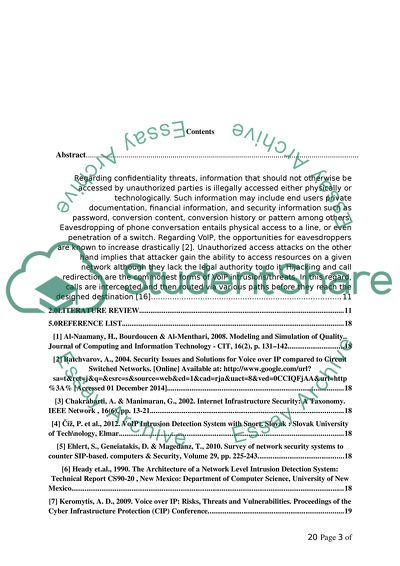Cite this document
(Voice over IP Communication Systems Research Paper Example | Topics and Well Written Essays - 3000 words, n.d.)
Voice over IP Communication Systems Research Paper Example | Topics and Well Written Essays - 3000 words. https://studentshare.org/information-technology/1847315-voip-intrusion-detection
Voice over IP Communication Systems Research Paper Example | Topics and Well Written Essays - 3000 words. https://studentshare.org/information-technology/1847315-voip-intrusion-detection
(Voice over IP Communication Systems Research Paper Example | Topics and Well Written Essays - 3000 Words)
Voice over IP Communication Systems Research Paper Example | Topics and Well Written Essays - 3000 Words. https://studentshare.org/information-technology/1847315-voip-intrusion-detection.
Voice over IP Communication Systems Research Paper Example | Topics and Well Written Essays - 3000 Words. https://studentshare.org/information-technology/1847315-voip-intrusion-detection.
“Voice over IP Communication Systems Research Paper Example | Topics and Well Written Essays - 3000 Words”. https://studentshare.org/information-technology/1847315-voip-intrusion-detection.


